The city is stretched from the plain of quiet Backa, across the waters of the violent Danube, to the hilly slopes of Fruška gora in Srem. Young, yet rich in cultural heritage and uncommon old-fashioned splendor. The fastest way to reach it from Belgrade is via the European road E-75, but we choose a slightly longer, but more interesting and pleasant route through Fruška gora and Sremska Kamenica and across the Freedom bridge we enter the Vojvodina capital.
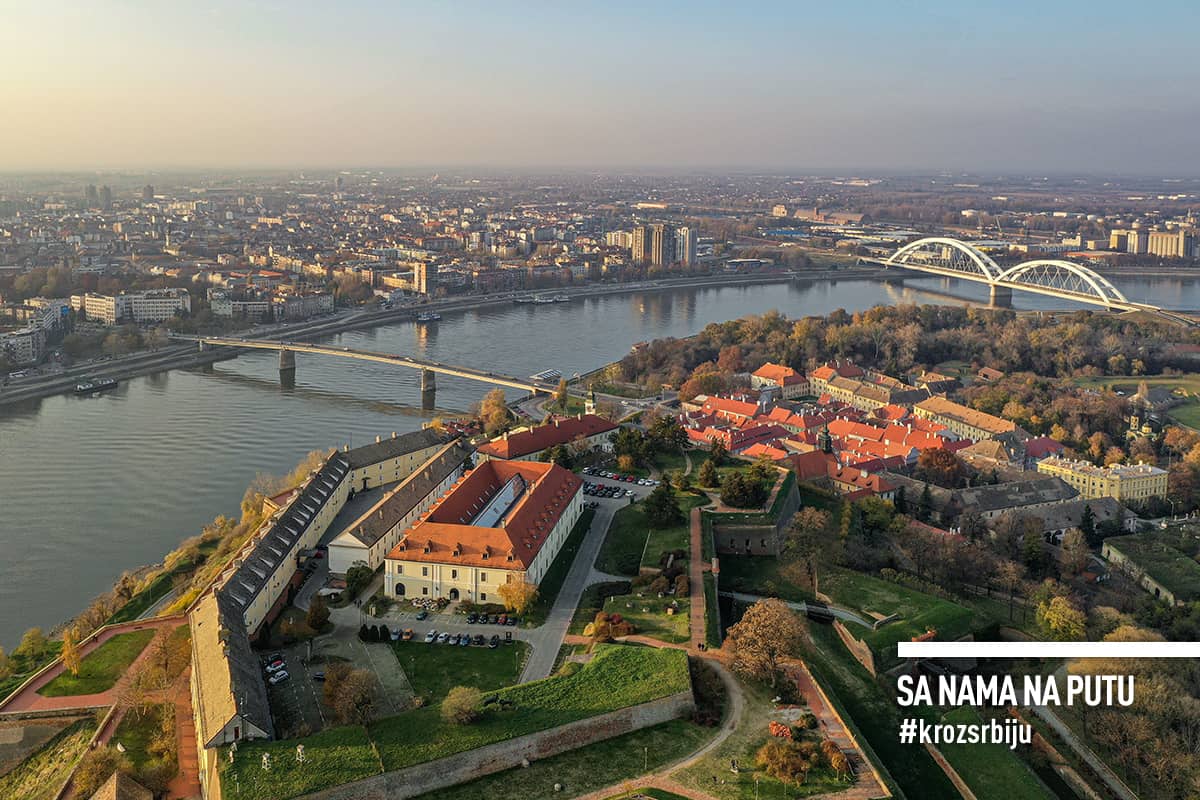
Why visit Novi Sad?
1. Because Novi Sad is serbian Athens
It was first mentioned in 1694, two years after the beginning of the construction of the Petrovaradin Fortress, when, opposite the fortress, a settlement of soldiers, craftsmen and merchants was formed on the left bank of the Danube, named Racko (Serbian) village, later Petrovaradin Šanac. It obtained the status of a free royal city under the name of Novi Sad due to a cash purchase from the Empress Maria Theresa in 1748. It was destroyed during the Revolution of 1848/49, but it is being rebuilt by its faithful inhabitants. Soon it experienced a cultural boom and was nicknamed Serbian Athens, thus comparing it to Greece’s Athens, the cultural and scientific centre of the ancient world. It was attached to Serbia, namely the then Kingdom of Serbs, Croats and Slovenes, after the end of the Great War, while after the Second World War, it was rapidly growing and developing in all directions.
Since it was established, it has fostered cultural and religious diversity and paid attention to spiritual and cultural life. Churches, schools and gymnasiums, reading rooms, and theatres were built. The undisputed cultural seal was given to it by Matica Srpska, which moved to it from Budapest in 1864, where it was founded about forty years earlier. Nowadays it is also proud of the Library and Gallery of the Matica Srpska, the Museum of Vojvodina, the Museum of the City of Novi Sad, the Museum of Contemporary Art of Vojvodina, and the Memorial Collection of Pavle Beljanski. At the beginning of the 20th century, science also got involved into its culture, when Mileva Marić and her more famous husband Albert Einstein lived there.
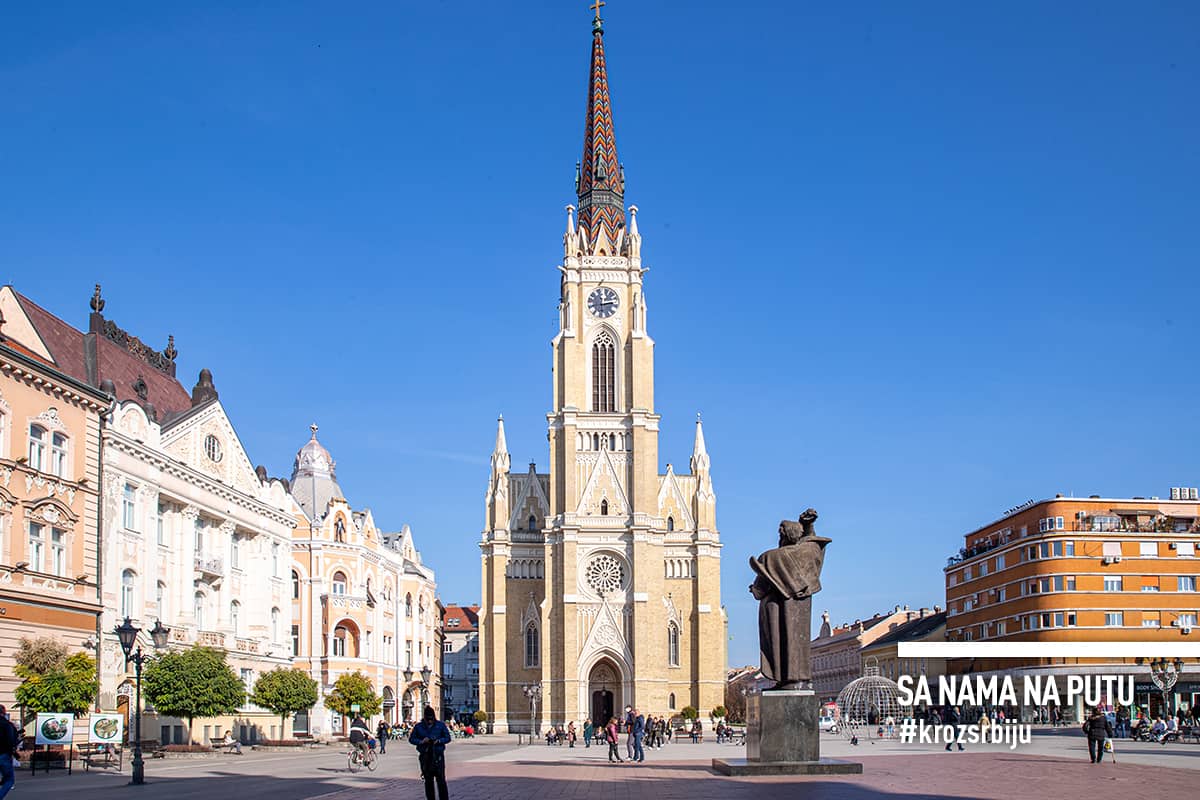
It has grown into a modern, receptive city of wide boulevards, magnificent antique and modern buildings and a variety of offers. It is known for Štrand, the most beautiful beach on the Danube, market called Futoška pijaca, sports facilities and weekend resorts Fishing Island and Kamenjar with inns (“čarde”) and accommodation facilities. There are many wineries and isolated farms (“salaš”) in the area.
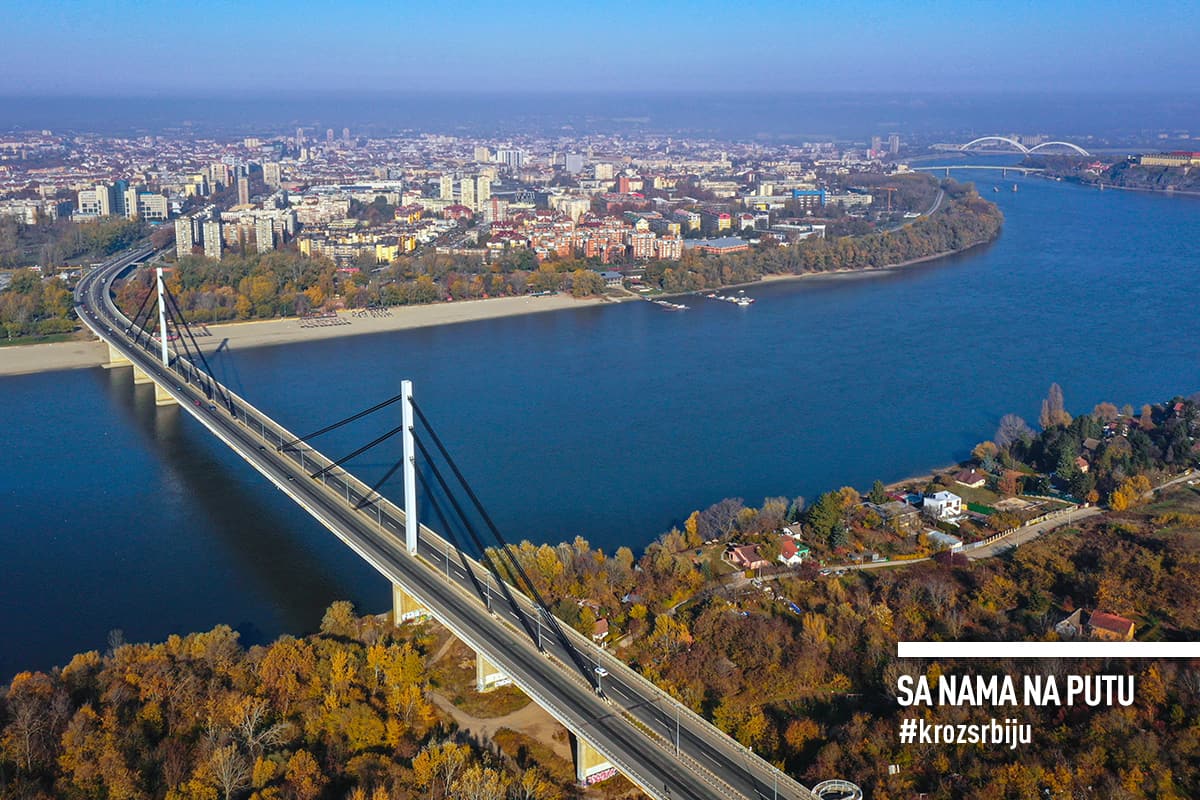
Serbian Athens, no doubt. It was recognized by the finicky Europe, proclaiming it as its cultural capital in 2022. It’ll be worthy of the title, we’re sure.
2. Because the heart of the city cherishes the ancient spirit
Time seems to have stopped at the central Freedom square. With its beauty, size and colorful tower, higher than 70 meters, the Roman Catholic Church named after Mary imposes itself. Across the street is the City Hall, a magnificent building erected in the late 19th century, which is a monument of culture of exceptional importance. In between is a monumental monument dedicated to Svetozar Miletic, one of the most influential politicians of the 19th century and the former mayor, is the work of Ivan Meštrović. The building of the headquarters of Vojvodina Bank is strutting sideways, and across the street is the Hotel Vojvodina and further Tanurdzic’s palace from the 1930s, simple, without decorative elements, which differs a bit from the luxurious surroundings.
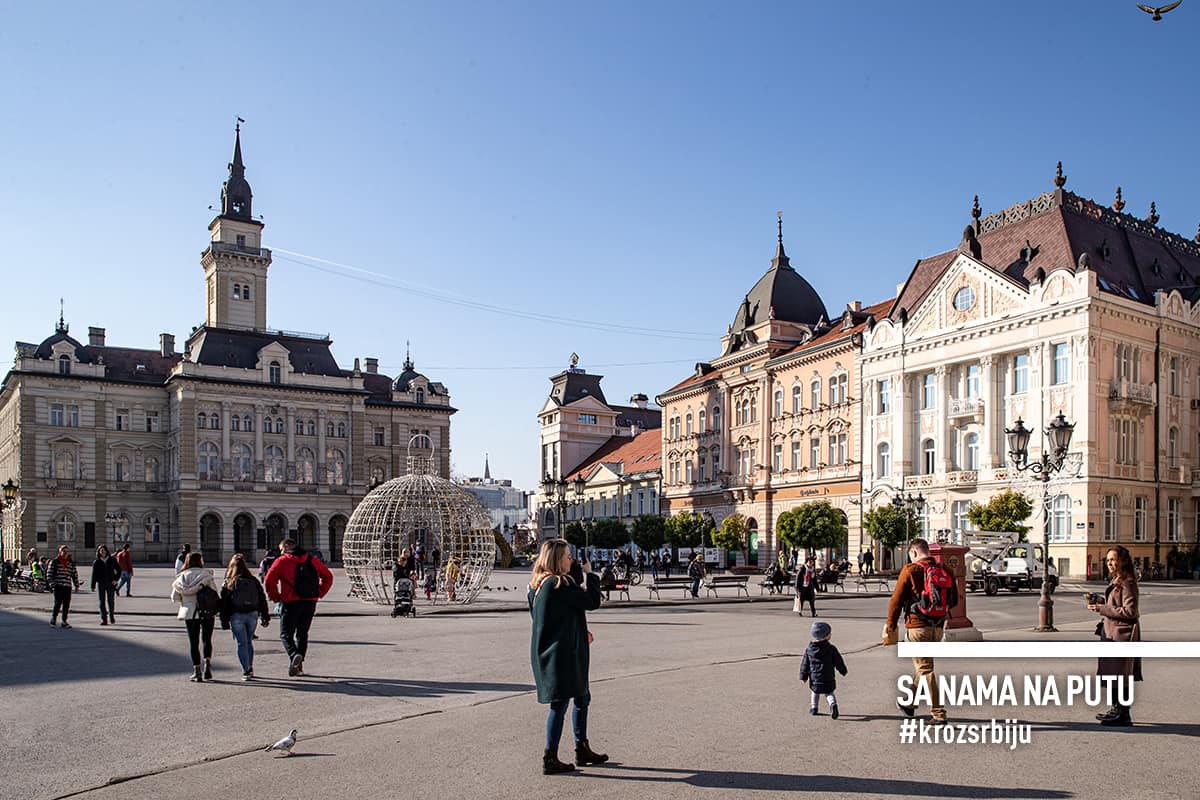
3. Because the city center is a fairytale labyrinth
Zmaj Jovina Street continues from the square. Wide, lifelike, full of decorated gardens and side alleys. We get to the monument of Čika Jova Zmaj in front of the Vladičanski dvor of the Eparchy of Bačka of the Serbian Orthodox Church, a striking building in an eclectic style, with strong decorative elements. We continue towards the Dunavska Street, one of the oldest streets of Novi Sad. Rather narrow, with compacted one-story houses and a network of passageways where shops, restaurants, workshops are hidden… so you could wander through them for hours. In the street one could see the City Library, which overlooks the oldest house, erected in the first decades of the 18th century, the house where Svetozar Miletić lived, the Collection of foreign art, and further museum objects.
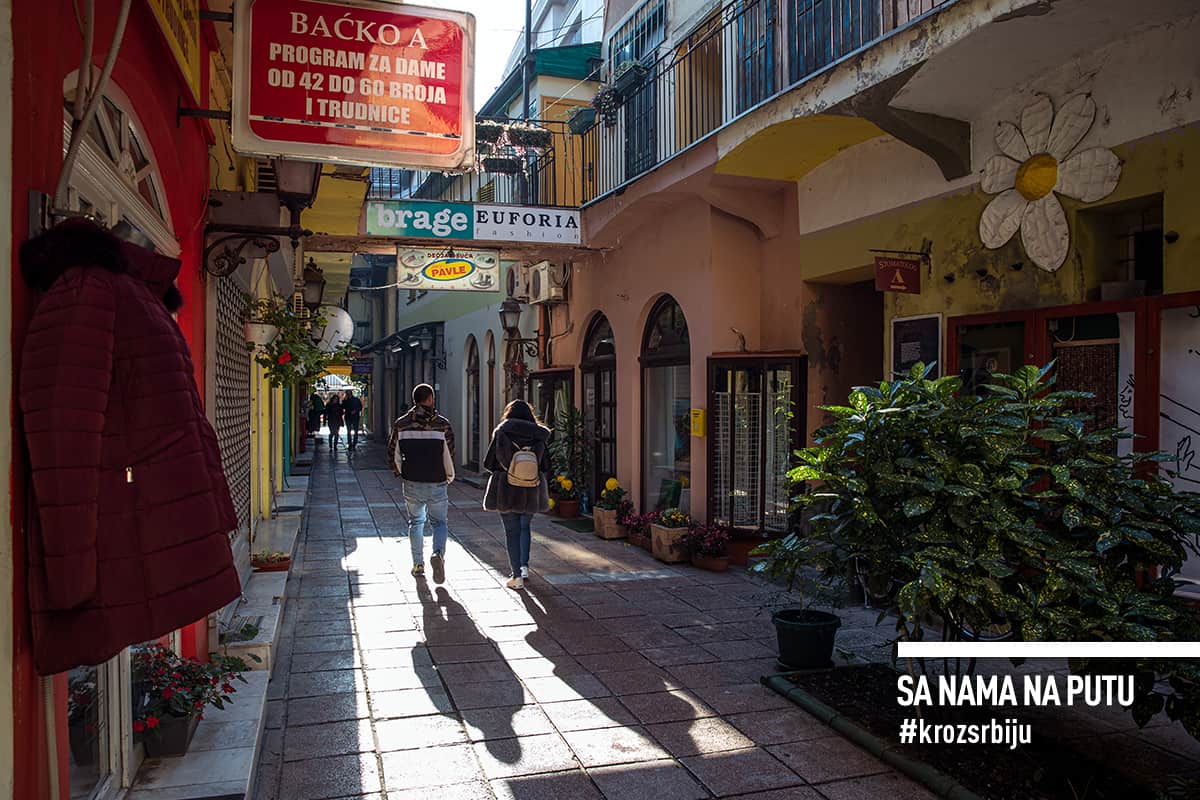
There are several other buildings that must not be missed – the Novi Sad Synagogue, one of the largest in the region, with the buildings of the Jewish School and the Jewish Municipality, a beautiful Art Nouveau-style complex, the building of the Central Credit Institute, rich decorations from the end of the 19th century, the most important Orthodox church in the city, the Assembly Church of St. George, and the building of the Jovan Jovanovic Zmaj Gymnasium, in the spirit of eclecticism.
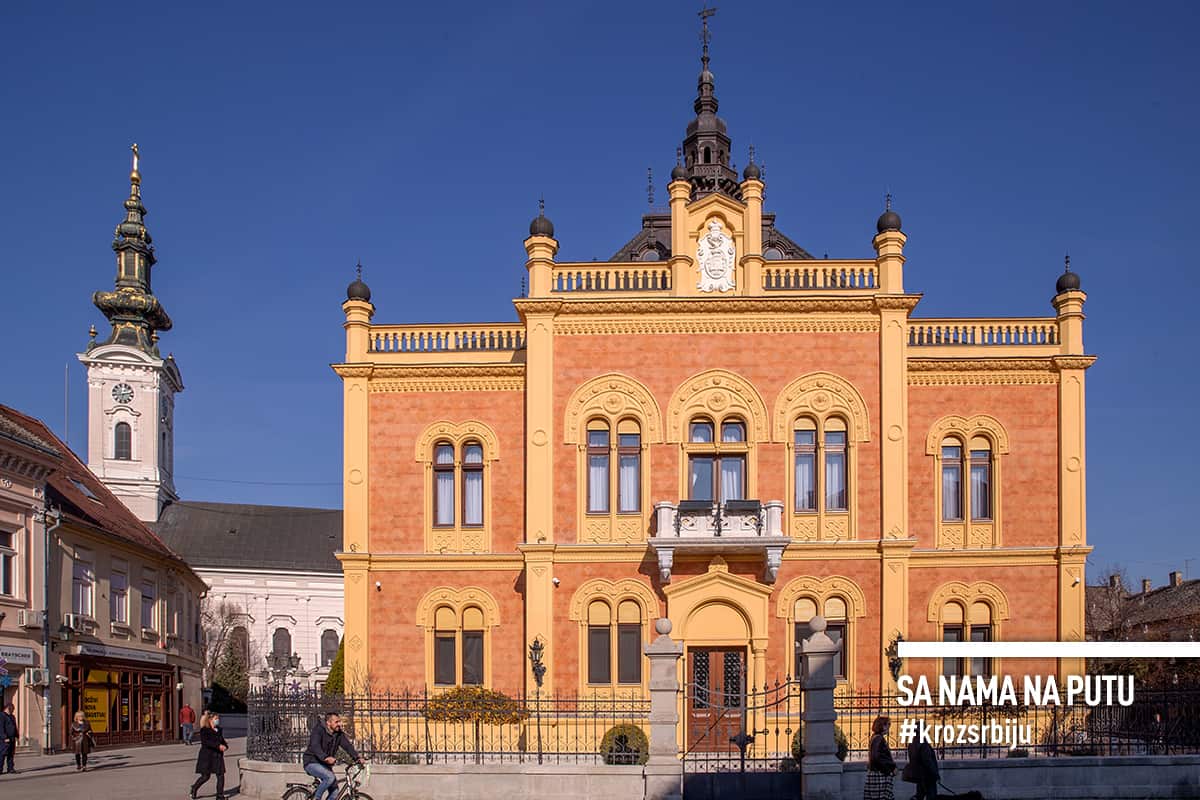
There are several other buildings that must not be missed – the Novi Sad Synagogue, one of the largest in the region, with the buildings of the Jewish School and the Jewish Municipality, a beautiful Art Nouveau-style complex, the building of the Central Credit Institute, rich decorations from the end of the 19th century, the most important Orthodox church in the city, the Assembly Church of St. George, and the building of the Jovan Jovanovic Zmaj Gymnasium, in the spirit of eclecticism.
4. Because the Danube park is a monument to nature
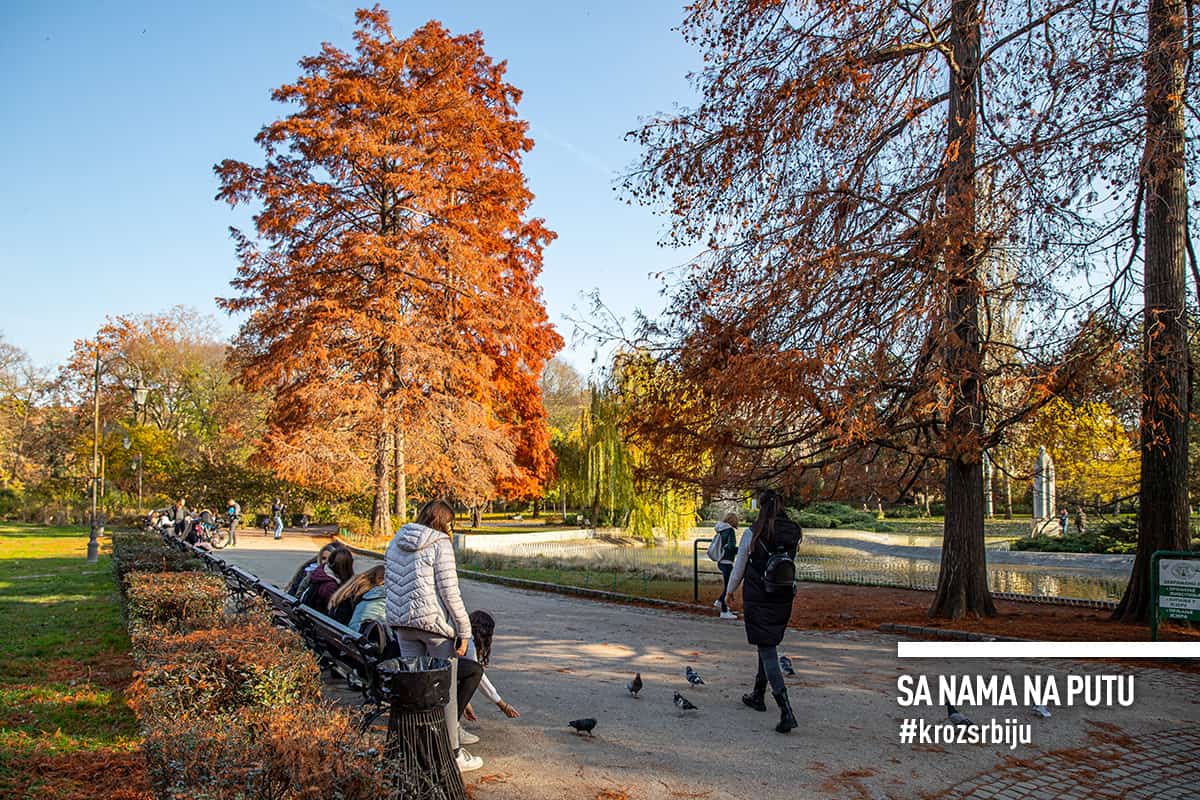
It’s known as the prettiest, but it’s small. It is located at the end of the first part of the Dunavska Street. It is adorned with a sculpture of Nymph, a monument to the poet and painter Đura Jakšić and the busts of poets Branko Radičević and Mika Antić, as well as an artificial pond with several ducks. They’ve got a little house on the island to snuggle in. The flora is very diverse – birches, silver linden trees, wild chestnuts, cypresses… There could be more green areas in the centre, but there are some nearby that are worth a visit – Limanski and Futoški parks as well as Kamenički park on the right bank of the Danube, in Srem.
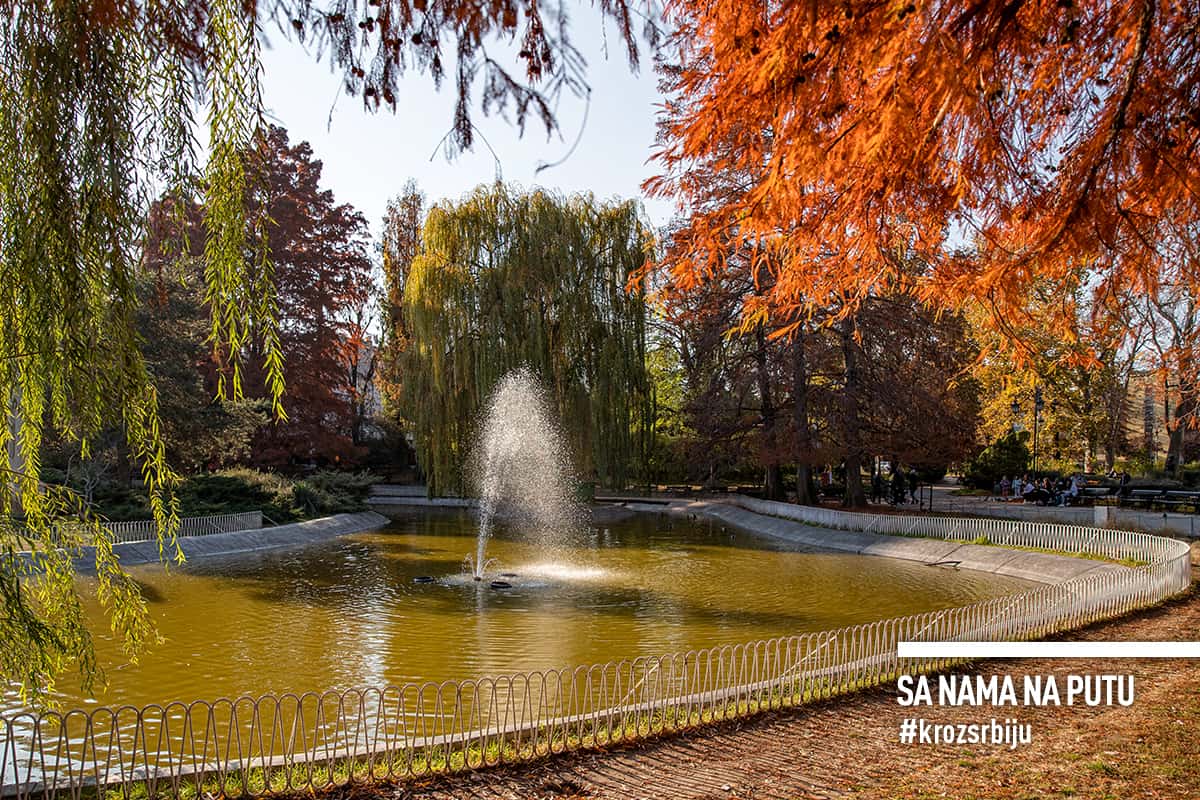
5. Because the legacy of Čika Jova Zmaj is not just a book
It is dedicated to one of the most significant Serbian romantics and lyricists, Jovan Jovanović. It is widely known as Zmaj (the Dragon). Neither from Nightfall, nor from Avala. Only Zmaj. He earned it with his omission. As he was a great advocate of Serbian unification, in addition to his name, he wrote down the date of the extremely important May Assembly for Vojvodina – 3 May 1848. Once, probably in a hurry, he omitted the dot after number 3 and that’s how he was named Змај (Zmaj in Cyrillic). He liked the nickname so much that he later launched a satirical magazine of the same name. For the kids, he is Uncle Jova. He was the first of all Serbian poets to give a treasure trove of verses just to them.
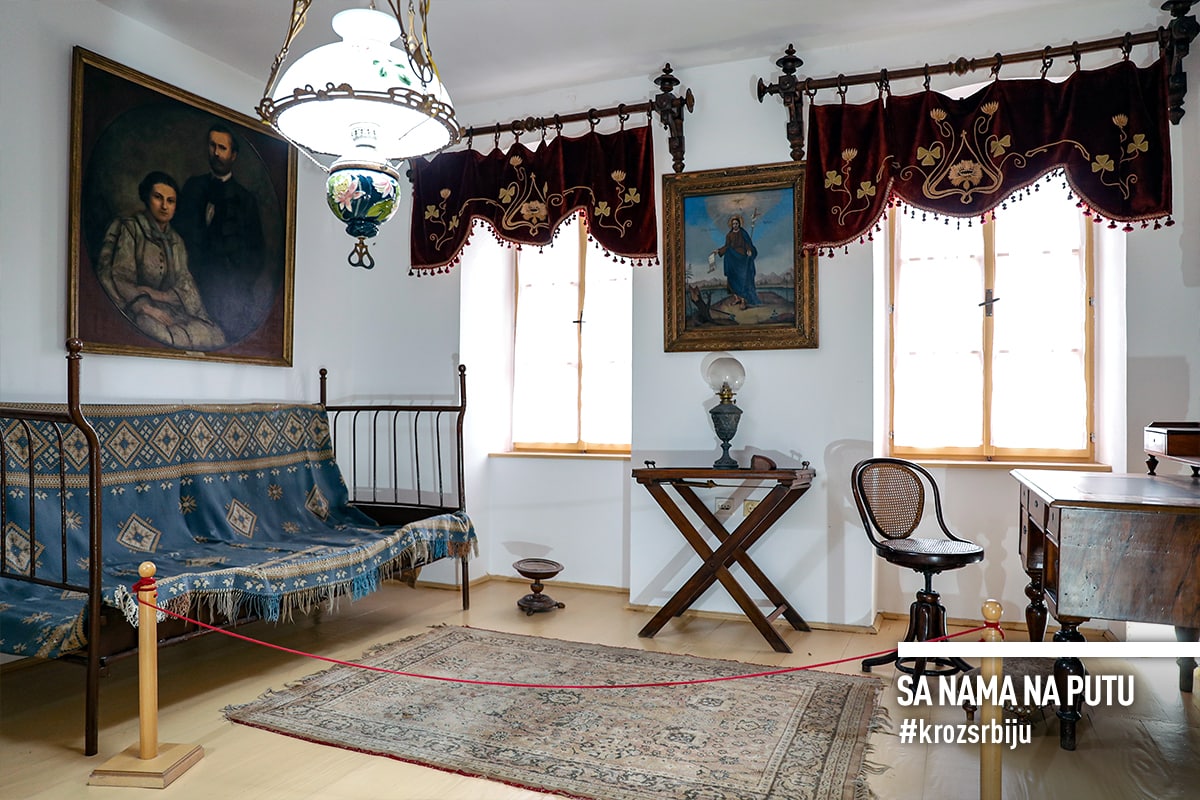
The museum is located in Sremska Kamenica, on the right bank of the Danube, not far from Novi Sad. It is situated in a family house, a summer house where the poet spent the last years of his life. As he taught the little ones through the rhymes, he himself found a convenient place in his backyard and planted two pears. One still bears fruits.
The permanent exhibition, organized in five rooms, consists of personal items, documents, books, private notes and correspondence, works published after the poet’s death, paintings, editions of magazines and newspapers printed by him – the Zmaj, Starmali and Neven, and medical instruments. He was a doctor by profession. His Physician’s Announcement from 1870 is also exhibited, in which he points out that he receives the richest and the poorest in the same hours and that he approaches everyone with “the same readiness” regardless of the “reward”. A doctor must be like that. And he was drawing. A true artistic soul. Mostly friends and acquaintances. But also the first Serbian comic book. Some of the drawings are exhibited.
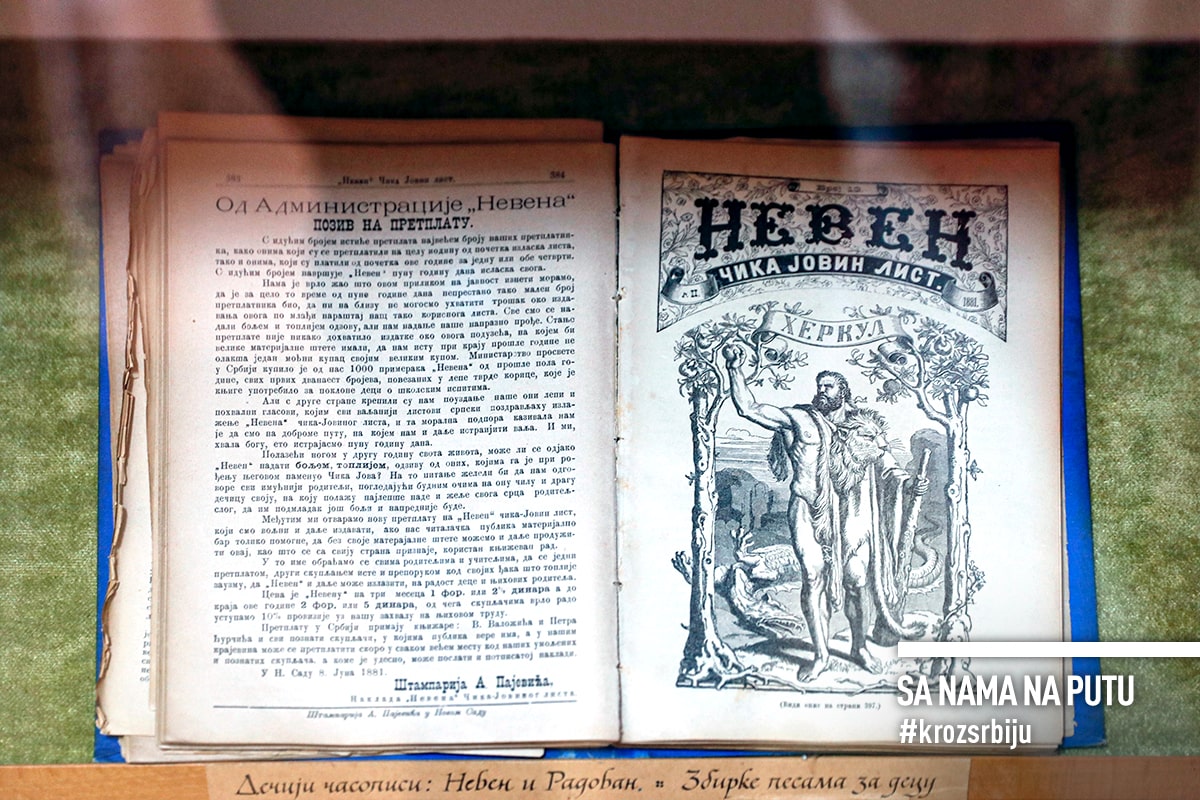
He passed away and was buried in Kamenica. According to unofficial data, about 15,000 people attended his funeral.
The museum was founded in 1933 on the occasion of the centenary of the poet’s birth. Nowadays, it is part of the Museum of the City of Novi Sad. Interesting, romantic setting.
6. Because quay by the Danube is a walkway for pleasure
Ah, the Danube. It unselfishly bestows special beauty on the cities that have been fortunate enough to grow on its banks. It can do harm sometimes, but it’s always forgiven. Novi Sad knew how to use its Danube gift. In addition to hiking and biking lanes, you can play on the sports fields for futsal, basketball and tennis, go bowling, and work out in the outdoor gyms. There is also a monument to the victims of the Raid, in memory of several thousands of Serbs, Jews and Roma that were shot at the end of January 1942. It is represented by a bronze composition of Family and 78 bronze plates with information about the crime and the names of the victims.
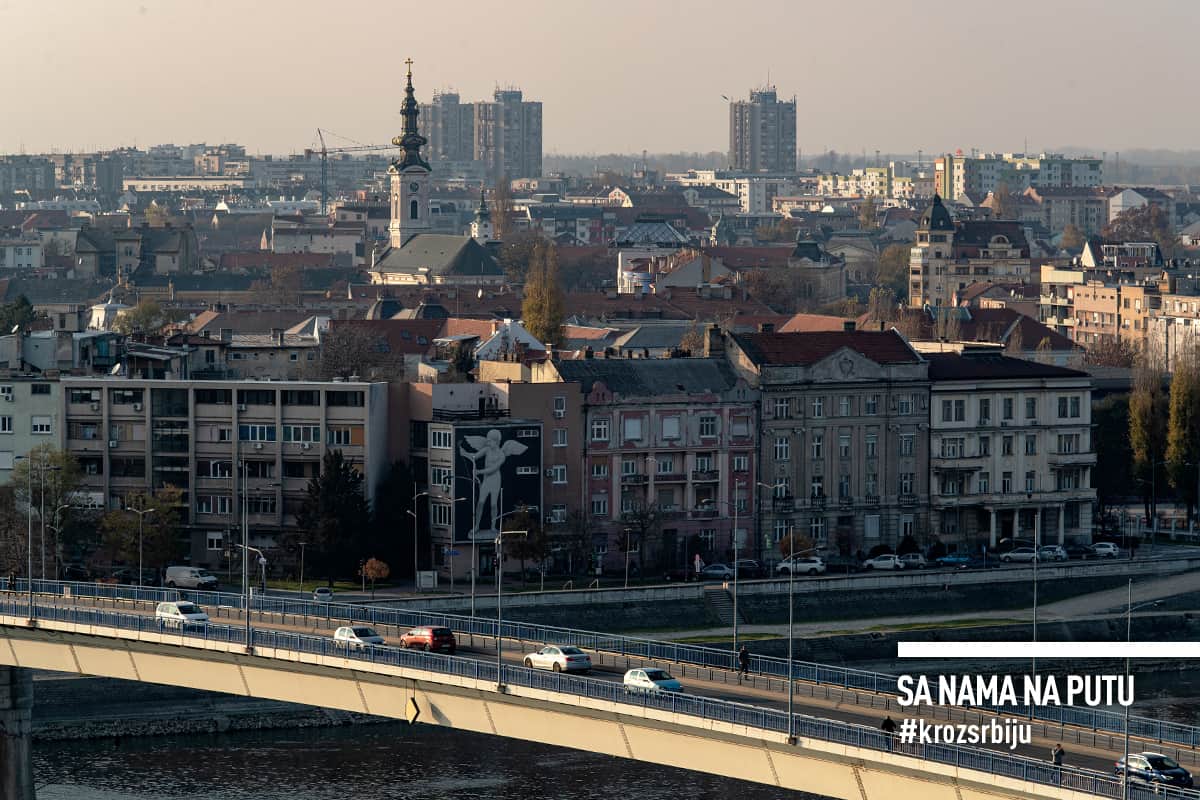
It has not yet been determined whether it is harder to cross or bridge the Danube. Novi Sad managed to get three bridges built, but they were all ruthlessly demolished in the 1999 NATO bombing. But new ones were built. All three of them. To make the Danube landscape even more miraculous. In the waters remained the pillars of the bridge of Francis Joseph, only to witness the turbulent past.
7. Because Petrovaradin is Gibraltar on the Danube
Thus the people of Novi Sad glorify their fortress. No wonder, because they owe its origin and rise to it. On the way to the Petrovaradin Fortress, we pass through the Belgrade Gate. The Serbian army marched there, bringing freedom to Vojvodina in the First World War. From the gate, you can see a fairytale village. A suburb, or Suburbium. It was built when the fortress was built, from 1692 to 1780. “Đava” (a nickname for Tvrđava, meaning Fortress), as the people of Novi Sad call it, is among the best preserved bastions in this part of Europe, with an excellent geostrategic position. Rather large, it covers more than 100 hectares, bordered by ramparts more than five kilometres long. The main meeting point is a plateau, with a view of the Danube and the part of the city on the side of Bačka, where one of the symbols of the city rises, a tower with a clock, although inaccurate. A fence chained to hundreds of locks of lovers who have locked their love right here. Among the preserved objects are the Officers’ Pavilion, Leopold’s Gunpowder Plant, Arsenal, Long and Simple Barracks, and the Great War Well.
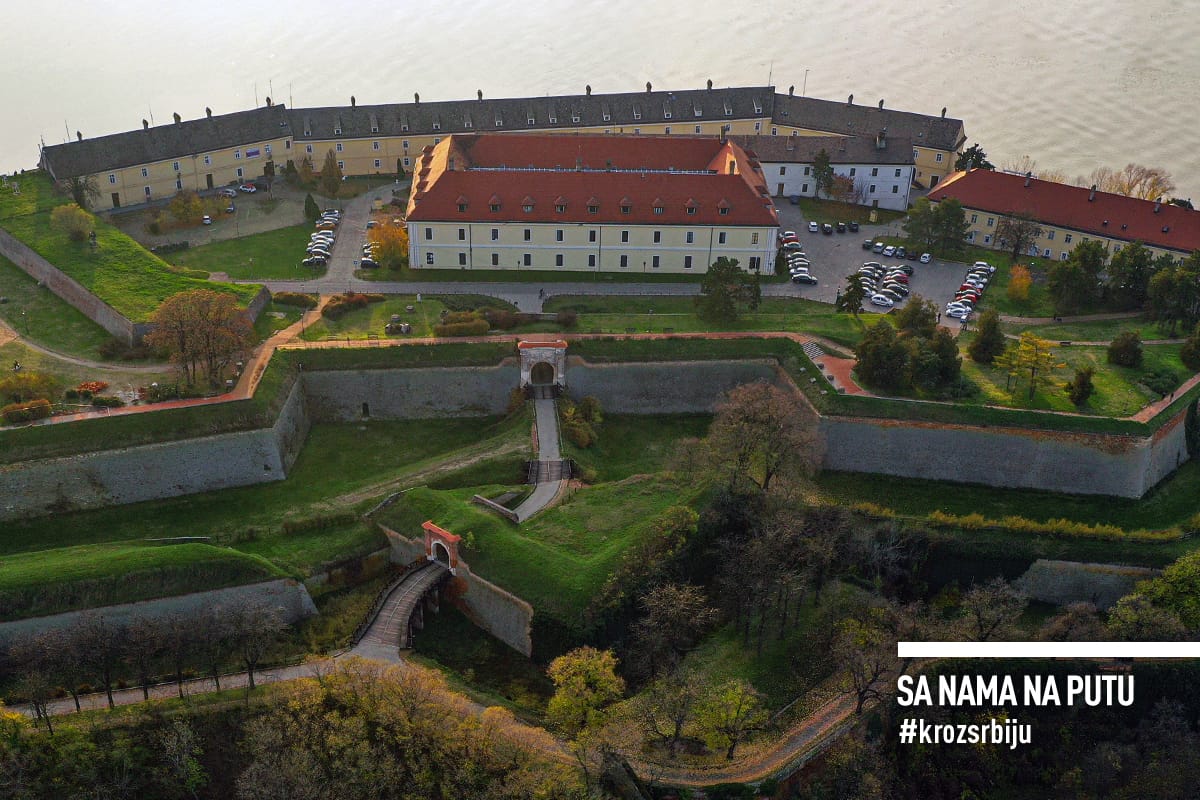
Within the fortress are Hotel Leopold I, the department of the Museum of the City of Novi Sad, art galleries, workshops, shops, and cafes.
The unique attractions are underground military galleries on four levels, a network of communication-defence corridors 16 kilometres long, from which only a kilometre with arsenals and mine systems is available for visitors. As the fortress was never conquered, the members of the Habsburg monarchy kept their valuables.
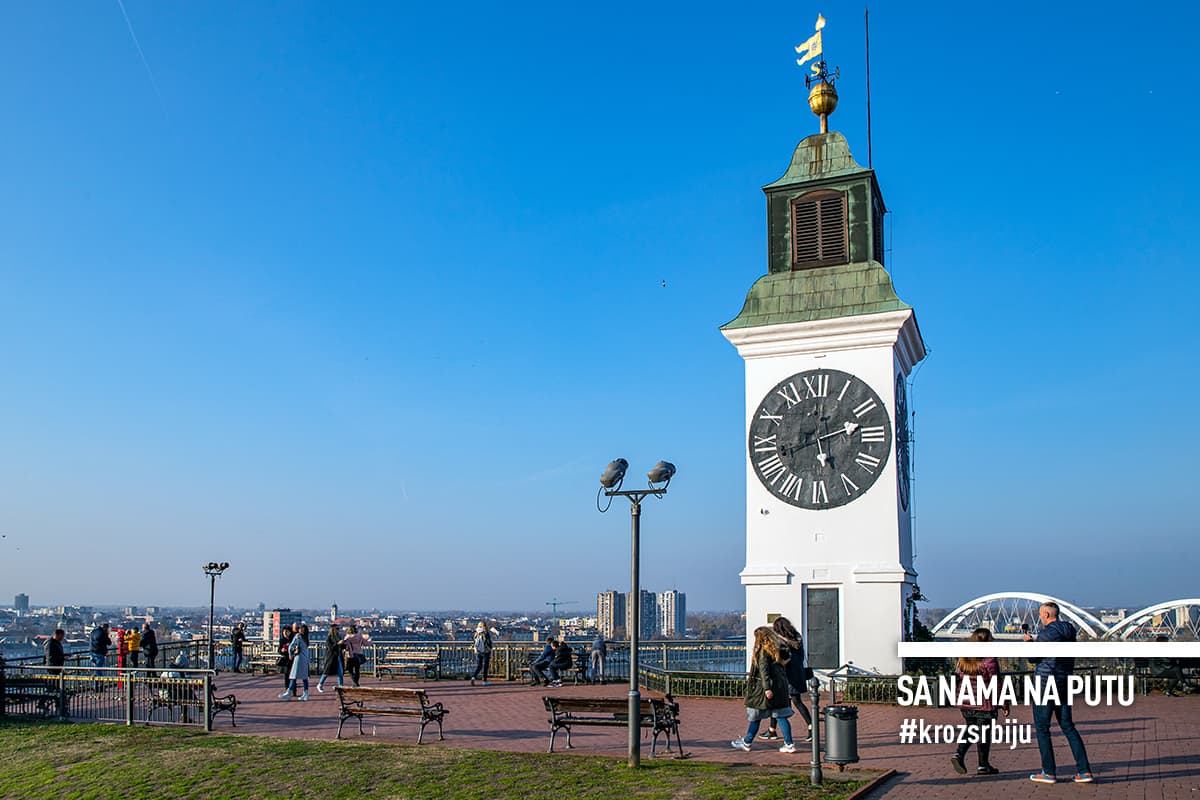
Within the walls, there is also EXIT music festival, which has become one of the largest and most visited on the European soil. Every July, young people from all over the world flock to Đava, either for the outstanding performers, or for the environment. A musical event can hardly be held anywhere else in a cultural and historical whole of great importance. Đava will endure, we hope.
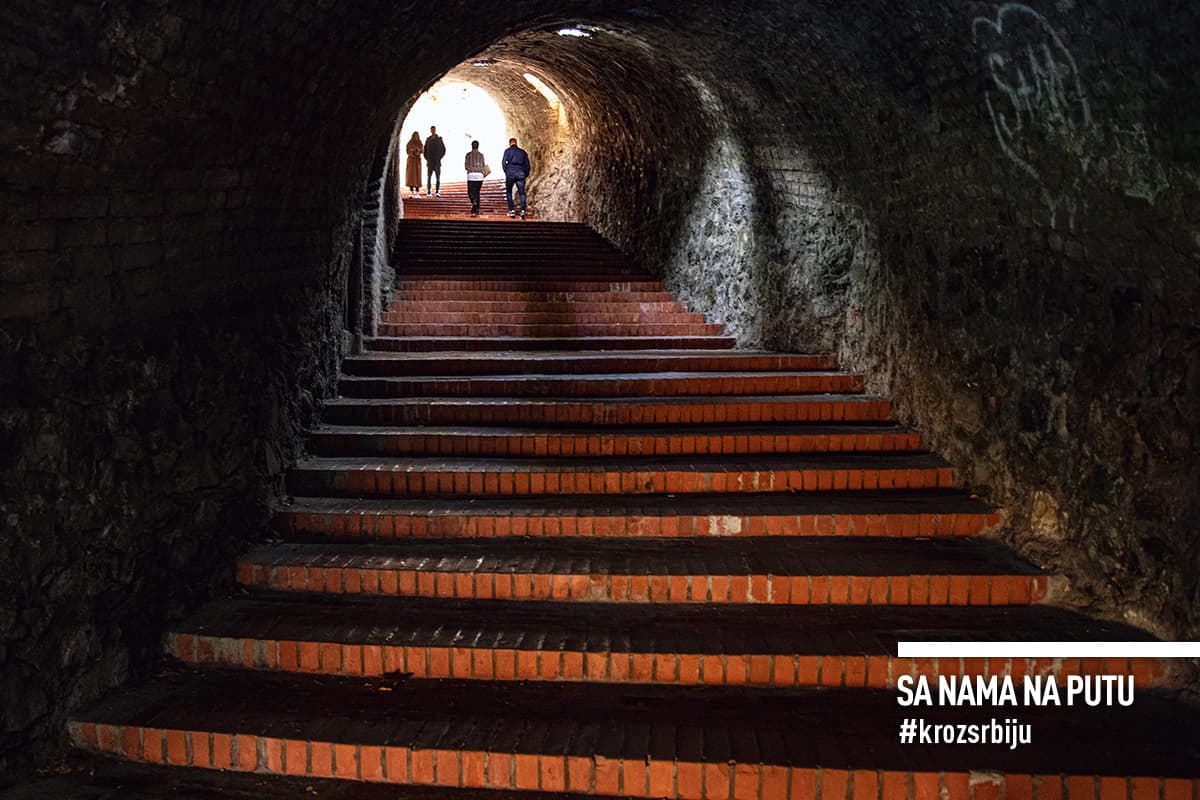
8. Because it is true that at the Petrol station Novi Sad 16 you can also eat well
Although a long time ago Balašević sang from Novi Sad that “once upon a time one could eat so good meals”! and even today, in Serbian Athens, one could eat divine meals! However, we chose our meal on the way out of Novi Sad, on the way back to Belgrade. We stopped at Gazprom petrol station Novi Sad 16, which broadly illuminates the highway and decided to go for Drive Cafe burgers.
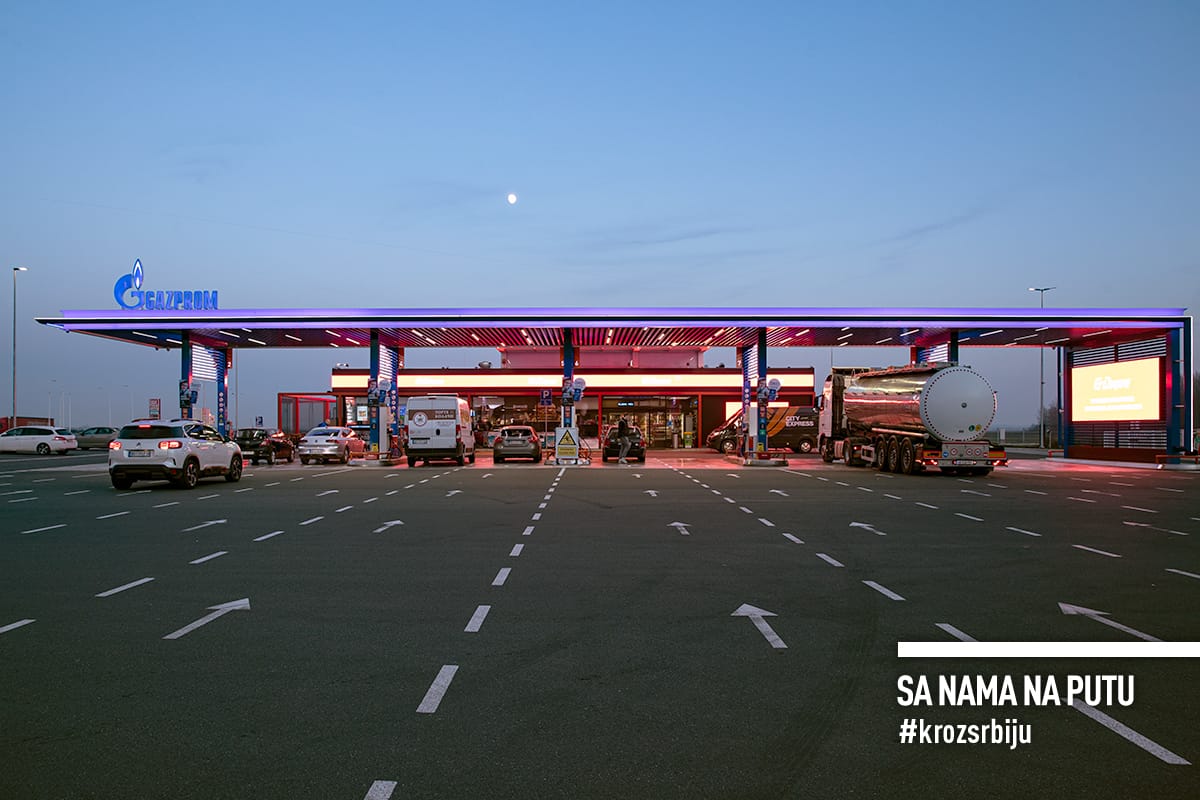
We can say that good food was also served at the petrol station, and rightly so! Juicy, freshly baked, rich food and just right for the journey.


















